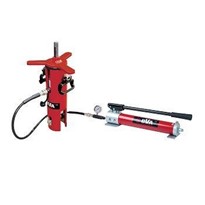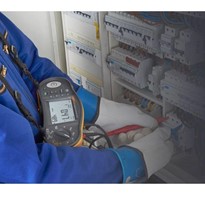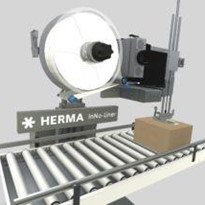Proper grounding ensures excess electrical current safely dissipates into the earth, preventing equipment damage, injury, or fire.
In this comprehensive guide, we'll explore:
- What ground resistance testing is and why it matters
- The different methods of ground resistance testing
- A side-by-side comparison of some of the most trusted testers in the industry: AEMC 6471, 6472, 4620, 4630, 6422, and 6424
What is Ground Resistance Testing?
Ground resistance testing measures how efficiently a grounding system can conduct electricity to the earth. This is essential for:
- Protecting people from electric shock
- Preventing equipment damage
- Complying with electrical codes and standards (such as IEEE 81, NEC, and IEC)
- Ensuring lightning protection systems work effectively
- Ground Resistance Testing Methods
There are several methods to test ground resistance:
1. 3-Point Fall-of-Potential Test
The traditional and most accurate method using auxiliary electrodes (stakes). Best for system commissioning or installations with little electrical noise.
2. 4-Point Soil Resistivity Test
Used to measure soil resistivity, important for grounding system design.
3. Selective Testing
Uses the clamp-on method to eliminate the need to disconnect the ground system.
4. Stakeless Testing (Clamp-on Testing)
Fast and convenient for systems with multiple parallel grounds.
Comparing AEMC Ground Resistance Testers
AEMC is a leading manufacturer of high-quality electrical test equipment. Here's a detailed comparison of their ground resistance testers, broken down by model type.
AEMC 6471 vs AEMC 6472
Feature AEMC 6471 AEMC 6472
Test Types 2P, 3P, 4P, Selective, Stakeless All 6471 features + advanced capabilities
Soil Resistivity Yes Yes
Clamp-on Compatible Yes Yes
Earth Coupling Yes Yes
Bond Testing Yes Yes
Measurement Current >200mA >200mA
Communication USB USB
Display LCD, backlit LCD, backlit
Advanced Capabilities Soil resistivity auto calculation Potential measurement at stakes
Use Case Contractors, utilities Power utilities, industrial sites, engineers
Verdict:
Choose the 6471 for standard professional ground testing and reporting. Choose the 6472 for advanced diagnostics, analysis, and reporting.
AEMC 4620 vs AEMC 4630
Feature AEMC 6422 AEMC 6424
Test Method Digital 3P Testing Digital 3P Testing
Display Multi Line LCD Multi Line LCD
Test Voltage Fixed 10V Fixed 10V
Battery 6 x AA 6 x AA
Soil Resistivity No No
Portability Compact, lightweight Compact with more features
Ideal Use Budget-conscious testing Existing earth testing (3P)
Verdict:
The 6422 is ideal for occasional, budget-friendly testing. The 6424 offers digital precision and modern features for regular professional use.
Model Summary Table
Model Test Types Power Display Advanced Features Ideal For
6471 All major types incl. clamp Rechargeable Full Digital Leakage, coupling, bonding Utilities, inspectors
6472 All incl. diagnostics Rechargeable Full Digital Same as 6471 Engineers, industrial
4620 3P/4P Battery Digital Soil resistivity Contractors, electricians
4630 3P/4P Rechargeable Digital Weatherproofing Utilities, field techs
6422 Basic testing Battery Digital Compact Entry-level users
6424 Auto testing Battery Digital 2-Wire bond testing, 3P Electricians & simple use
Conclusion: Choosing the Right Tester
When selecting a ground resistance tester, consider:
- Environment – Wet or noisy conditions? Go rugged or advanced.
- Frequency of Use – Regular testing requires durability and ease.
- Compliance – For large infrastructure or compliance-driven industries, invest in models like the 6472.
- Budget – AEMC offers models from entry-level to premium for every budget.
Whether you're a contractor performing routine maintenance or a power engineer verifying complex grounding systems, AEMC’s lineup ensures accurate and reliable testing.


-720x400.jpg)
-720x400.jpg)
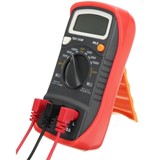
-160x160-state_article-rel-cat.png)

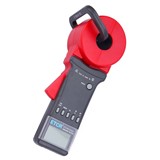
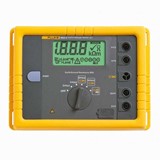
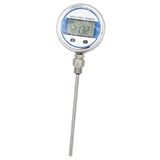

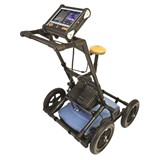
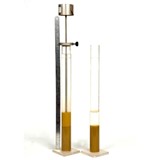

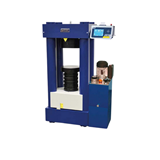
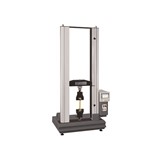
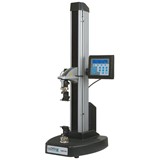
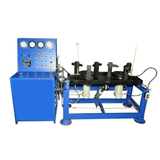


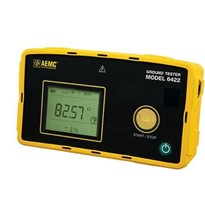


-205x205.jpg)


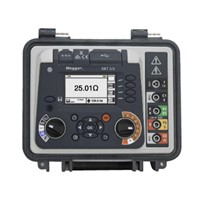


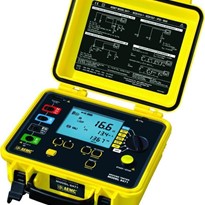


-205x205.jpg)
